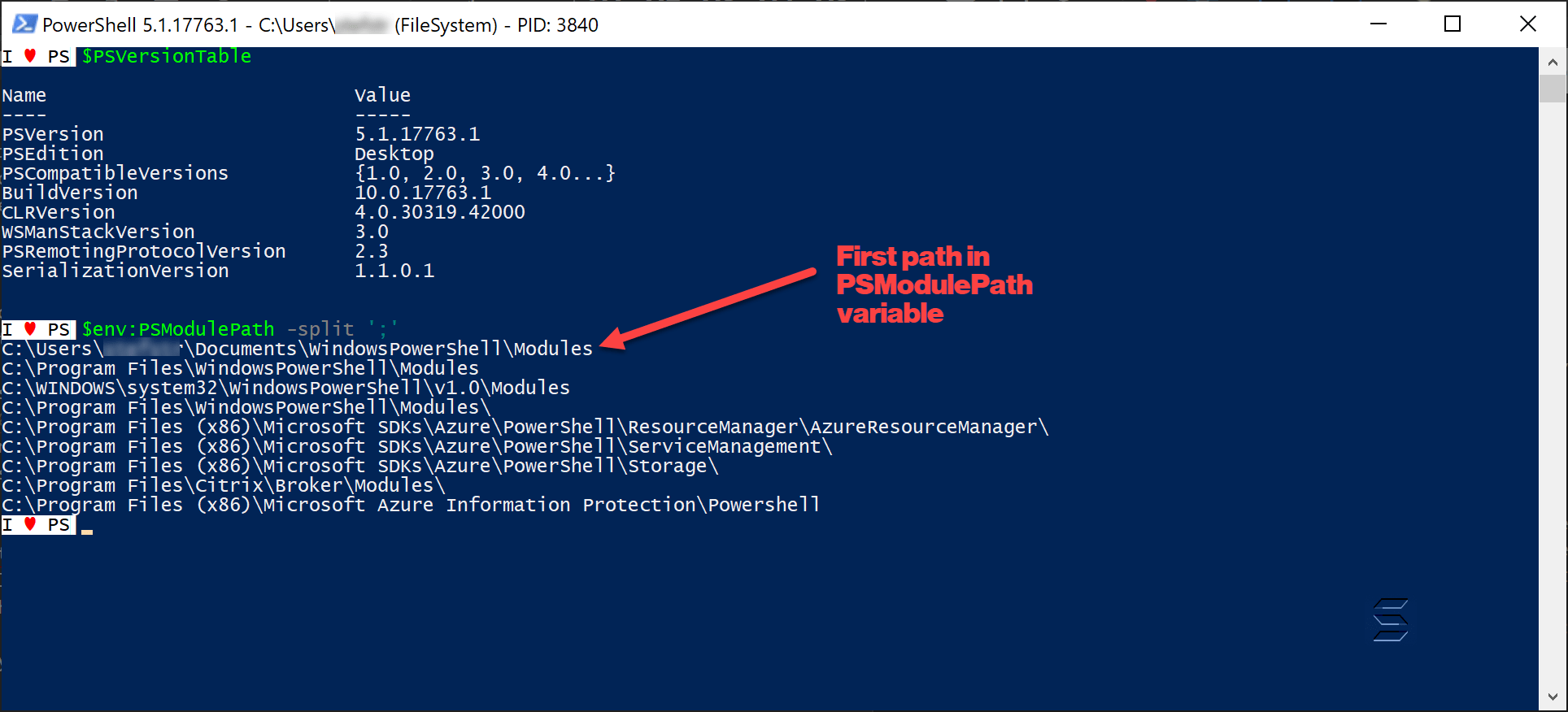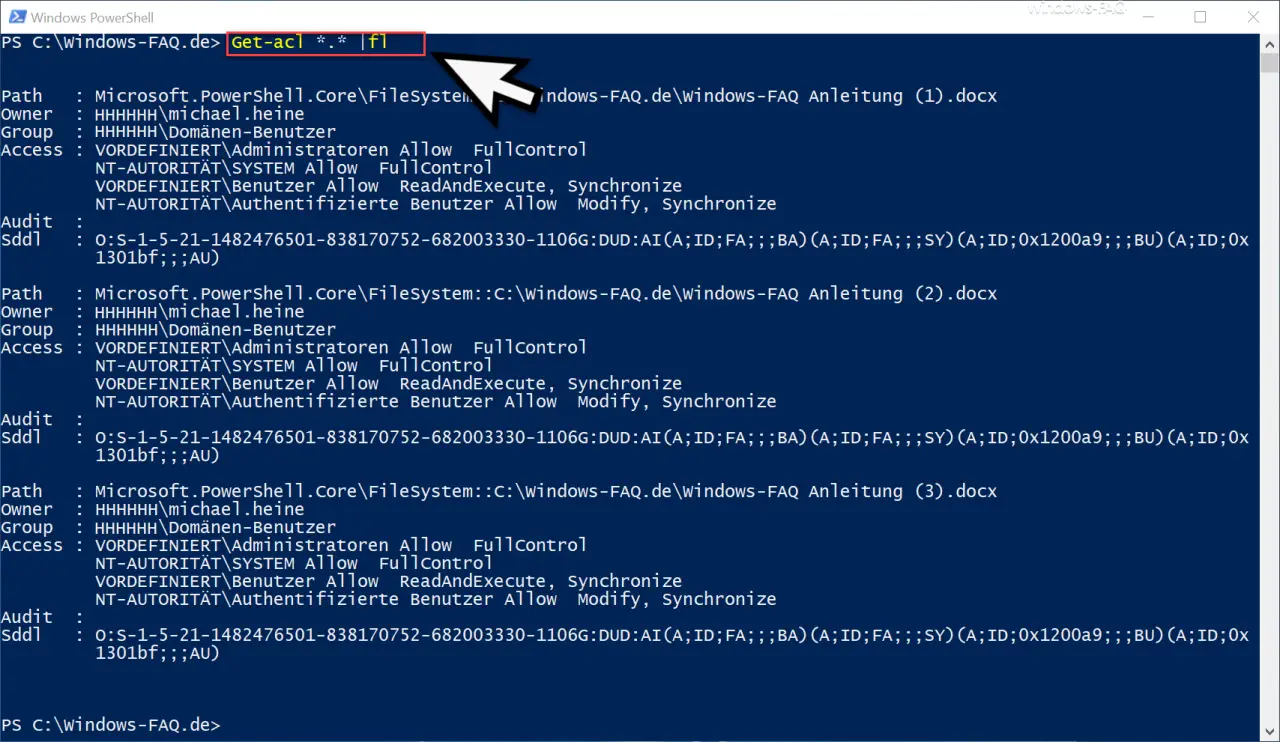
Please give it a try and let me know if you find it useful.Įnter your email address to follow this blog and receive notifications of new posts by email.įollow Follow SQL Jana on WordPress.
POWERSHELL GET FILE PATH FULL
The hashtable key is the full file path of each of the files and the values are custom PS objects with a lot of good information including the original input. The results is a hashtable with the same number of files that you input. The Split-Path cmdlet returns only the specified part of a path, such as the parent folder, a subfolder, or a file name. Also, I added in the recurse and other parameters for file list separator (usually a linefeed but that can change) and a comment character(s) based on which certain lines in the list may be ignored as comments. The additional parameters you see are to keep it flexible enough so that the user can pass in a list as a string or as a file name which in turn contains the list of files. If we later staged the files to a different location, all the code can remain the same and only the base path reference would change. If there is a collision, it should report an error with specifics. Now, our function (that we are about see) should be able to scan the base path and resolve all the files to their full path without collision. Notice that we did not bother to include “DB” in the base path reference. Let us see an example:įor simplicity, let us say the following are the files involved.


Make the name 'GenFileList.bat', including the double quotes so Windows 10 doesnt add. I will jump through hoops to keep code clean and re-usable and this is one of those tangents I took for that purpose. The Registry provider in PowerShell doesnt currently support remote connections. In all this, the base path and file list should remain separated enough such that we are not taking a dependency on a hard-coded path. When DBA’s deploy it, the reference could be to a secure drop-off location. When a configuration manager builds, he/she would probably stage it to an UNC path. And SPWeb.Url to get the url of the web and combine them together. Try to get the the relative url of the file. Ask Question Asked 8 years, 5 months ago.
POWERSHELL GET FILE PATH HOW TO
E.g., when a developer lists the files, his/her references are to a source control based location. How to retrive items path in CSV file using powershell. The file name references could change depending on the context. A list that has the files listed in the order of deployment.A base-folder where the files to be deployed are located.I decided to share the file path resolution functionality. It needed a file path resolution functionality that is somewhat flexible.

xmla etc) to SQL Server/Oracle with all the bells and whistles (over a hundred PowerShell functions so far 🙂 ). I am building a continuous integration tool using PowerShell for deploying scripts/database files (like.


 0 kommentar(er)
0 kommentar(er)
